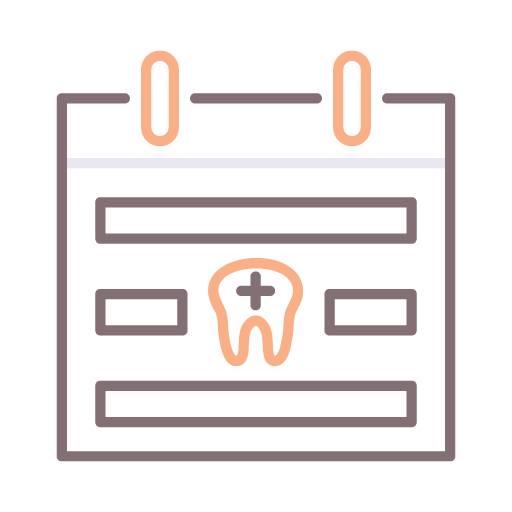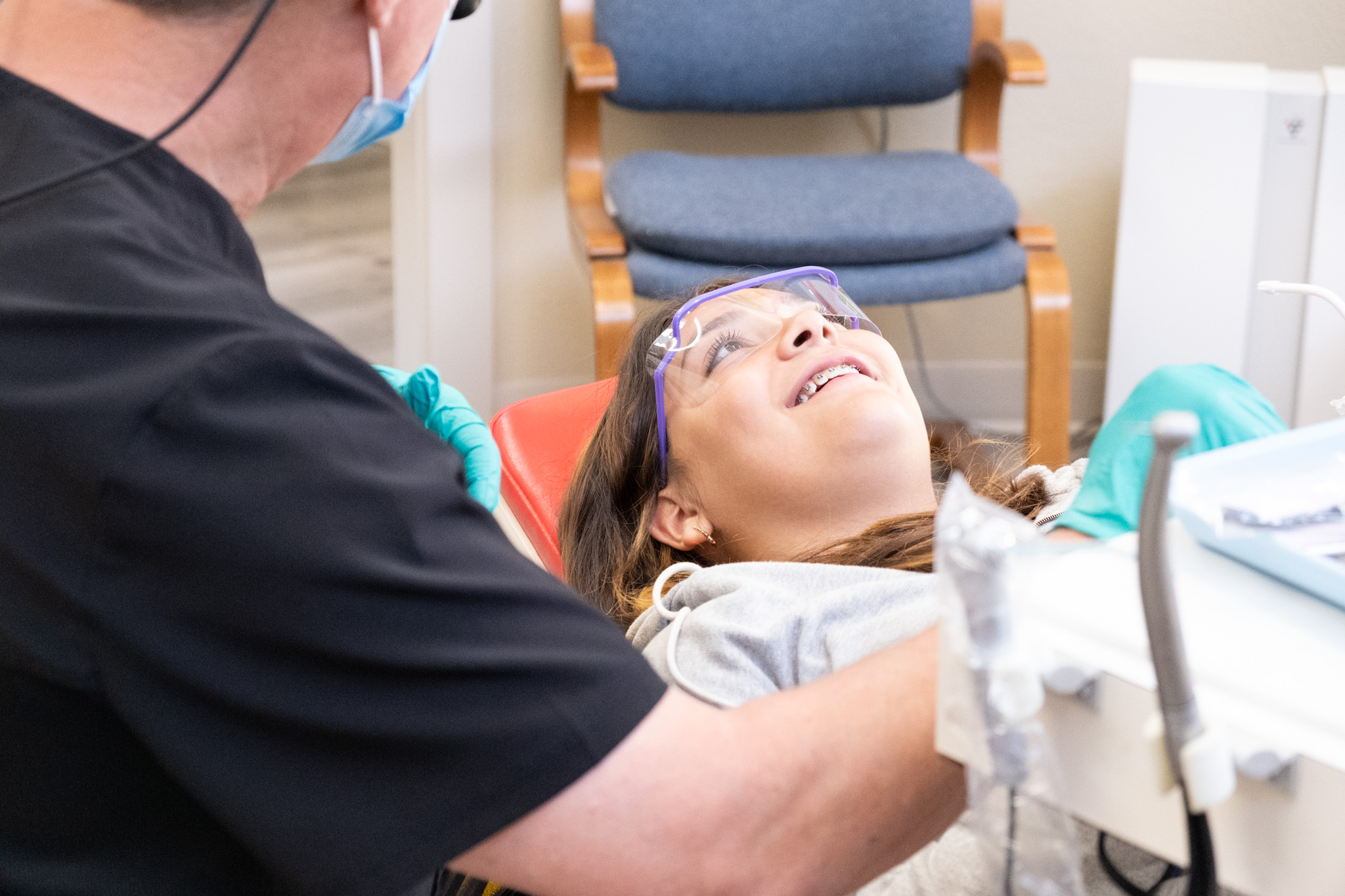Early Orthodontic Treatment
The American Association of Orthodontists recommends that your child’s first visit to the orthodontist be by the age of seven. By this age, a child’s first permanent molars will probably be erupted.
The Importance of early treatment

One of the primary reasons that orthodontic treatment works so well in children is because they’re still growing. This is what allows various treatment methods to ensure proper alignment in the jaw. This timing is an appropriate opportunity to identify any potential bite or growth problems that could negatively impact your child’s dental and skeletal development.
By conducting an early assessment, it is possible to evaluate the alignment and eruption situation of the teeth within the available space of the jaw, as well as to assess growth patterns. Beginning treatment at an earlier period supports easier skeletal and dental adjustments, often will avert the future need for surgery, possibly lower overall expenses, and can allow for orthodontic treatments to be successfully accomplished by earlier ages.
Get The Best Early Treatment In Fort Worth Today
Ahava Orthodontics is always welcoming new patients to give them great smiles. If you’re in Fort Worth, getting early treatment for your child ensures they’ll have a great smile.
Getting started is easy. Simply contact our office to get a new patient exam scheduled and we’ll have your child on the path to a great smile in no time!
Benefits of Early Treatment
- Creating room for crowded, erupting teeth
- Preserving space for teeth that have not yet erupted
- Reducing the need for possible tooth extraction
- Lowering the chance of trauma to the front teeth
- Alleviating the need for future surgery
- Improvement in breathing
- Stopping thumb/finger sucking habits before malocclusions can develop
- Tongue thrust therapy
- Reinforcing good oral hygiene habits from an early age
- Providing improved self-esteem through an awesome smile!


Early Treatment Can Address Oral Issues
- Tooth crowding or spacing issues
- Crossbites
- Underbites
- Protrusive bites
- Facial asymmetry problems
- Tooth eruption challenges or abnormalities
- Jaw growth abnormalities
- Detrimental habits such as thumb or finger sucking, tongue thrust, and mouth breathing
It’s easy to see just how beneficial it is for early orthodontic treatment for children, especially when it comes to proper jaw alignment. These methods for addressing jaw abnormalities cannot be used in adults because their jaws have finished growing. Instead, adults have to rely on orthognathic surgery to correct any jaw abnormalities or misalignments.

